Did you know the Harlequin Rasbora (Rasbora heteromorpha) is a top pick for freshwater aquariums? These vibrant, colorful fish are loved worldwide. They’re known for their stunning looks and lively actions.
Table of Contents
Key Takeaways:
- Harlequin Rasboras are popular and vibrant schooling fish in the freshwater aquarium hobby.
- They are known for their beautiful coloration, with shiny red-orange bodies and a distinctive black triangle on their caudal peduncle.
- Harlequin Rasboras need specific conditions like slightly acidic blackwater environments and temperatures between 72°F to 81°F.
- These peaceful fish do best in groups of six or more, showing off their natural inclination to swim together.
- They get along well with other calm fish like Neon Tetras, Rummy Nose Tetras, and Cherry Barbs.
Overview of Harlequin Rasbora
| Attribute | Details |
|---|---|
| Scientific Name | Trigonostigma heteromorpha |
| Common Name | Harlequin Rasbora |
| Origin | Southeast Asia, Malaysia, Singapore, Sumatra |
| Size | Up to 2 inches |
| Life Expectancy | 5-8 years |
| Different Colors | Orange body with a black patch |
| Diet | Omnivore; prefers live food |
| Temperament | Peaceful |
| Tank Size | Minimum 10 gallons |
| Temperature | 72-81°F (22-27°C) |
| pH | 6.0-7.8 |
| Water Hardness Level | Soft to medium |
| Care Level | Easy |
| Breeding Style | Egg layer |
| Compatible Fish | Other small, peaceful species |
| Type of Tank Most Suitable | Planted tank |
| Tank Mates | Small tetras, danios, gouramis |
The Characteristics of Harlequin Rasbora
Harlequin Rasboras are small, vibrant schooling fish. With their size reaching about 2 inches, they are perfect for smaller tanks. Their agility allows them to move elegantly through plants, lighting up the aquarium.
Their red-orange body color is captivating. Under the aquarium lights, their scales shine beautifully. The black triangle on their tail is a distinctive mark that contrasts with their colorful bodies.
Harlequin Rasboras are not picky eaters, enjoying a variety of food. In the wild, they eat insects, worms, and tiny invertebrates. It’s best to feed them high-quality flakes, pellets, and sometimes live or frozen foods. This diet keeps them healthy and maintains their bright colors.
| Common Name | Scientific Name | Size | Diet |
|---|---|---|---|
| Harlequin Rasbora | Trigonostigma heteromorpha | Up to 2 inches | Insects, worms, small invertebrates, high-quality flakes, pellets |
Harlequin Rasboras are fantastic for fish keepers of any experience. Their size and color add beauty to community tanks. If you want elegance and charm in your aquarium, adding these fish is a great choice.
Tank Requirements for Harlequin Rasbora
To give Harlequin Rasboras the best care, it’s key to keep their tank right. They love fresh water that’s a bit acidic. The perfect temperature is from 72°F to 81°F. Also, the pH level should be a bit acidic to neutral.
For Harlequin Rasboras, creating the right tank environment is crucial. These fish come from Southeast Asia’s streams and rivers. The water there is soft and slightly acidic.
The suggested tank needs for Harlequin Rasboras are:
- Water temperature: Keep the temperature between 72°F to 81°F. Use a trusty heater to manage it.
- pH level: The pH should be between 6.0 to 7.0 for slightly acidic to neutral water.
- Water hardness: They like soft water, with hardness from 2 to 10 dGH.
- Water filtration: Get a quality filter to keep the water clean. A gentle flow is best.
- Aquarium size: They need space, so a tank of at least 10 gallons is good. It lets them swim and be social.
- Substrate and decor: Use dark sands or fine gravel. Add plants, driftwood, and leaf litter to make it feel like home.
Always check water levels with good test kits. Adjust as needed. Keeping the water right keeps your Harlequin Rasboras healthy.
“Creating a suitable tank environment for Harlequin Rasboras involves replicating their natural habitat as closely as possible.”
Behavior of Harlequin Rasbora
Harlequin Rasboras are peaceful and love being with others. They like being in groups of six or more. This is how they act naturally.
Watching Harlequin Rasbora is captivating. They move together in perfect harmony. Their coordinated swimming is beautiful, showing off their colors and graceful movements.
In the wild, Harlequin Rasboras stick together to stay safe. Being in a group makes them feel secure. This helps them to be healthy and happy.
As schooling fish, they communicate with body language. They follow each other closely, moving as one. This makes them feel safe and helps them avoid predators.
Seeing Harlequin Rasboras together is beautiful and teaches us a lot. Their behavior shows the importance of friendship, teamwork, and being united.
Watching them move together shows the value of being connected. It reminds us to cherish working together for a shared purpose. It highlights the beauty of community.
The Benefits of Keeping Harlequin Rasboras in Schools
Having a group of Harlequin Rasboras benefits them and you:
- Reduced stress: Being with others makes them less stressed and happier.
- Natural behavior: In groups, they behave naturally, doing fascinating schooling movements.
- Enhanced colors: Being together makes their colors brighter and more striking.
- Improved health: It keeps them active, which is good for their health.
Understanding your fish leads to a happy aquarium. By knowing Harlequin Rasbora’s needs, you create the best place for them to live and grow.
Compatible Tank Mates for Harlequin Rasbora
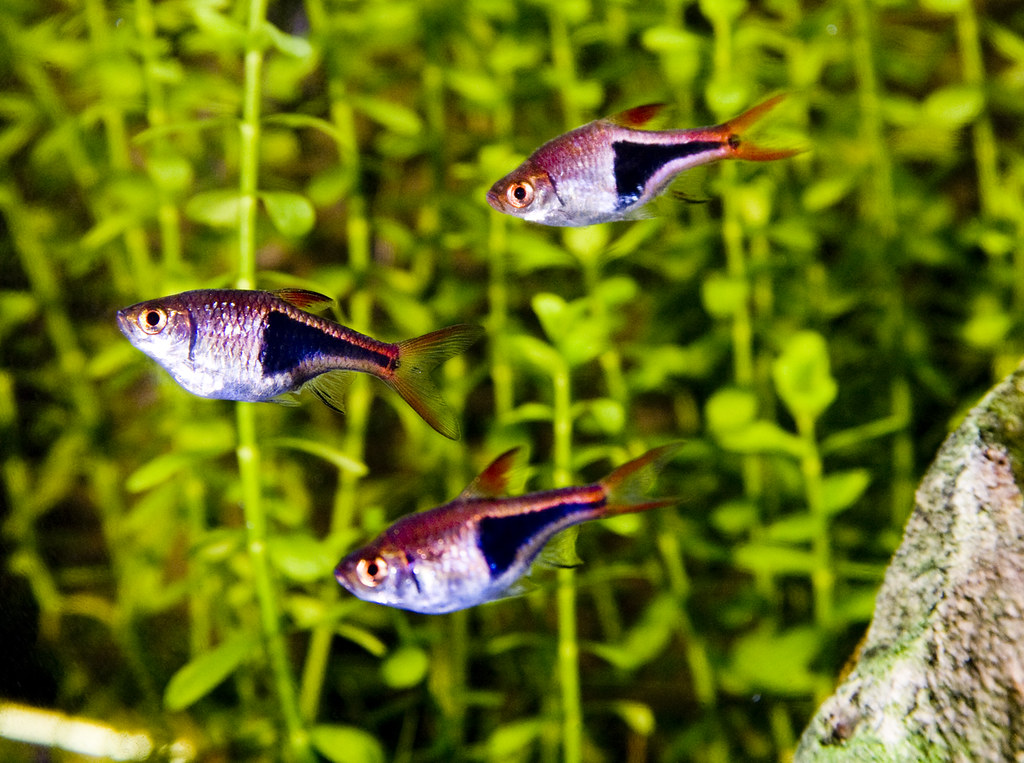
Choosing the right tank mates for your Harlequin Rasboras is key for a happy aquarium. These peaceful fish love being with other friendly fish. This helps them show their natural behavior and live without stress.
Here are some great tank mate choices for Harlequin Rasboras:
- Neon Tetras: These bright and lively fish need the same water conditions as Harlequin Rasboras. They are peaceful and add beautiful colors to the tank.
- Rummy Nose Tetras: With their unique red noses and black and white bodies, they are perfect partners for Harlequin Rasboras. They are peaceful and add life and community feeling to the tank.
- Cherry Barbs: They are fun with their bright red color and active behavior. Cherry Barbs get along well in the same water conditions and live peacefully with Harlequin Rasboras, bringing energy and beauty to the tank.
Avoid aggressive or predatory fish that might harm or stress Harlequin Rasboras. They do best with calm, social fish. This lets them form peaceful groups and make your tank look amazing.
Putting together a balanced community of friendly tank mates is key for the health and happiness of your Harlequin Rasboras. It also makes your aquarium look great and fun to watch.
Breeding Harlequin Rasbora
Breeding Harlequin Rasboras at home is a fulfilling activity. These fish lay eggs to reproduce. They prefer spawning in plant-covered areas for egg protection.
The female sticks her eggs under large leaves. This is a common behavior.
To breed Harlequin Rasboras, mimic their natural home. Keep the water between 75°F and 80°F. The pH should be 6.5 to 7.5, slightly acidic to neutral.
Low light and soft water help start breeding. These conditions are crucial.
For successful breeding, provide plenty of hiding spots. Dense plants like Java Moss or Hornwort protect the eggs. Spawning mops can also work to encourage breeding.
After laying eggs, separate them from adults to keep them safe. Use a spawning mop or a special tank. Or, leave the eggs in the main tank but ensure there are hiding spots.
The eggs hatch in 24 to 48 hours. The newborn fry are tiny. Feed them infusoria or fine fry food. Later, they can eat baby brine shrimp or microworms.
Breeding Harlequin Rasboras needs patience and care. Watch the fish closely and provide the right environment. This will boost your breeding success.
“Breeding Harlequin Rasboras is thrilling and fulfilling. It lets you see how these beautiful fish reproduce. By knowing their needs and setting up the proper environment, you can breed Harlequin Rasboras successfully in your aquarium.”
Care Guide for Harlequin Rasbora
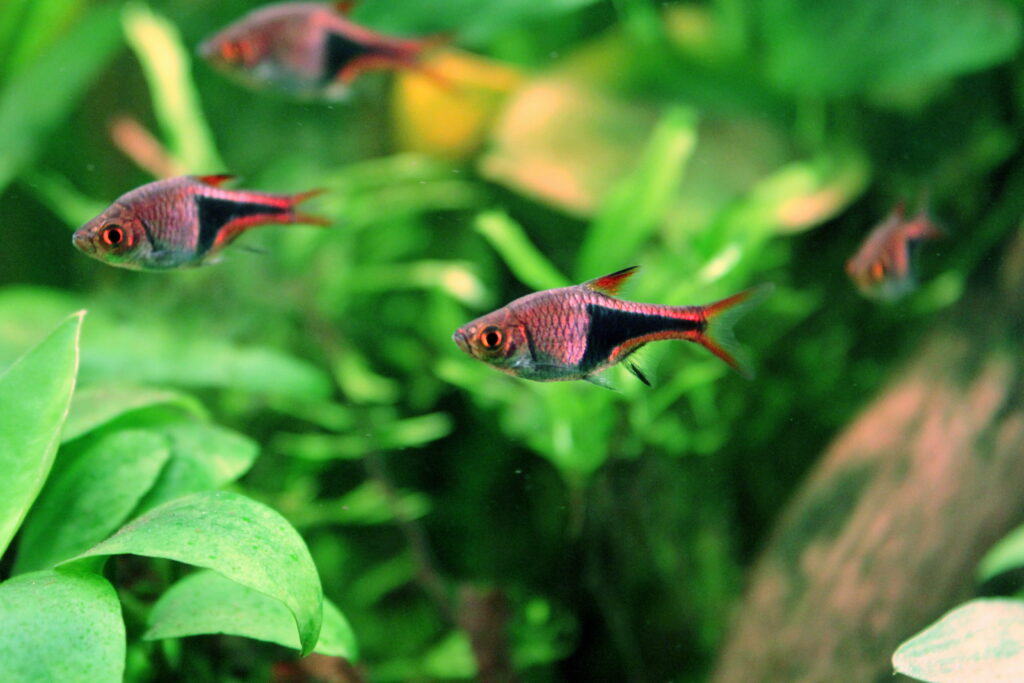
To keep Harlequin Rasboras healthy in your tank, you must care for them properly. Following these guidelines is essential for their well-being:
Maintain good water quality
Harlequin Rasboras need clean water to thrive. Change 20-30% of the water every two weeks to remove harmful substances. Regularly check the water’s pH, ammonia, nitrite, and nitrate levels. Use a good water test kit to help with this.
Provide a well-balanced diet
Feeding Harlequin Rasboras a mix of food is crucial as they eat both plants and animals. Give them dry flakes, pellets, and some frozen or live food. This diet gives them all the nutrients they need. Also, give them treats like bloodworms or brine shrimp sometimes. Feed them small amounts several times a day. Make sure they finish eating it quickly.
Ensure enough swimming space
These fish love to move around, so they need a big tank. A 20-gallon tank is good for a group of Harlequin Rasboras. Keep the tank open for swimming and add some plants and rocks. This makes them feel at home and keeps them happy.
Following these tips will create a great home for your Harlequin Rasboras. They’ll be healthy and show off their beauty in your tank.
Other Facts About Harlequin Rasbora
Harlequin Rasboras hold some secrets you might not know. Once grouped with the Rasbora genus, they’re now Trigonostigma heteromorpha. This new classification is important. It shows they’re special, setting them apart from others.
They’re listed as “Least Concern” by the IUCN Red List, which is good. Yet, they face challenges like habitat loss from farming. Protecting their home and promoting green practices is vital for their future.
With these cool facts in hand, let’s get into how to care for them. First, marvel at their beauty:
These fish dazzle with their colors, patterns, and lively antics. They’re a top pick for fish hobbyists. Next, we’ll look into how to keep their tank perfect, who they get along with, and how they breed. You’ll learn what makes these fish so enchanting.
Explore Other Budget-Friendly Schooling Fish
Looking for lively and colorful fish on a budget? There are many affordable options out there. Let’s explore some well-liked schooling fish. These fish add color and life to your tank through their social behavior.
Neon Tetras
Neon Tetras are perfect for any community tank. They are small, peaceful, and showcase bright blue and red stripes. They love tanks with a lot of plants. Give them high-quality flake or pellet food, and they’ll thrive.
Cherry Barbs
Cherry Barbs make your tank pop with vibrant red. They’re easy to spot, especially when males glow bright red in breeding season. These fish are active and enjoy swimming in vast spaces. A balanced diet keeps them healthy.
White Cloud Mountain Minnows
White Cloud Mountain Minnows add a classy touch. Their bodies shimmer in silver with vibrant red and yellow hints. They are tough and easy to keep, perfect for any fishkeeper’s experience level.
Zebra Danios
Zebra Danios bring energy with their striking black stripes on silver or gold. They are playful, always on the move. These fish are great for beginners because they are simple to take care of.
| Schooling Fish | Main Characteristics | Care Level |
|---|---|---|
| Neon Tetras | Brilliant blue and red stripes, peaceful | Easy |
| Cherry Barbs | Vibrant red coloration, active behavior | Moderate |
| White Cloud Mountain Minnows | Shimmering silver bodies, adaptable | Easy |
| Zebra Danios | Bold black stripes, playful nature | Easy |
These wallet-friendly fish make your aquarium a vibrant and lively place. Choose from Neon Tetras, Cherry Barbs, White Cloud Mountain Minnows, or Zebra Danios. Any of these will create an engaging and fun aquatic environment.
Neon Tetra: A Colorful Schooling Fish
The Neon Tetra is a top pick for aquarium enthusiasts. Its bright blue and red stripes make any tank pop. This small, peaceful fish loves to swim with others of its kind.
Neon Tetras do best in a lush, well-kept tank. They like lots of plants to hide and play in. For a happy school of Tetras, you’ll need a tank that holds at least 10 gallons.
Watching Neon Tetras swim together is amazing. They move as one, showing off their colors in a beautiful dance. It’s a sight that can keep you staring for hours.
Neon Tetras are not picky eaters. They eat both flake and pellet food, plus treats like brine shrimp. This makes feeding them simple and fun.
For Neon Tetras to thrive, they need peaceful tank mates. They get along with guppies, platies, and Corydoras catfish. This mix ensures a happy tank environment for everyone.
Fun Facts about Neon Tetras:
- Neon Tetras come from South America’s blackwater streams and rivers.
- They are part of the Characidae family and known as Paracheirodon innesi.
- Most Neon Tetras grow to about 1.5 inches long.
- With good care, they can live between 5-8 years.
If you want your aquarium to stand out, consider adding Neon Tetras. They bring vibrant color and life to any tank. Give them a planted home and a varied diet for their happiness and health.
Cherry Barb: A Delightful Schooling Fish
If you’re looking to add a splash of vibrant color to your aquarium, look no further than the Cherry Barb. These colorful fish are adored for their bright red color. They are a top pick for fish lovers. Cherry Barbs add life and fun to your tank with their active behavior.
Cherry Barbs love big tanks where they can freely swim. Watching them dart around is fascinating. It’s best to keep a group of at least six to see their true social side.
Cherry Barbs eat both plant and animal foods. They enjoy a mix of quality flakes or pellets and treats like brine shrimp. A varied diet keeps them healthy and bright red.
Key Attributes of Cherry Barb:
- Vibrant red coloration
- Active and playful behavior
- Schooling fish
- Omnivorous diet
The Cherry Barb’s vivid red hues can create a stunning visual impact in any aquarium, making them a popular and sought-after species among aquarists.
In summary, the Cherry Barb is a delightful fish for any tank. They’re not only beautiful but also full of life. With the right space and diet, these fascinating fish will shine in your aquarium.
Conclusion
Harlequin Rasboras are stunning fish that make your aquarium come alive with color. These fish are loved for their bright colors, lively behavior, and group swimming. Giving them the care they need means they will flourish and be a joy to watch.
It’s critical to give them the right home conditions. This includes correct water temperature and pH. Keeping them with at least five others and choosing tank mates carefully makes them happy. This mirrors their natural setting and keeps peace in the tank.
Feeding Harlequin Rasboras the right food is also key. Mix live and prepared foods to give them all needed nutrients. Checking the water, changing it often, and cleaning the tank will keep them healthy and living longer.
Looking for more fish that are easy on the wallet? Consider Neon Tetras, Cherry Barbs, and others. These fish add more color and activity to your tank. They go well with Harlequin Rasboras, making your aquarium even more enchanting.
FAQ
What are the characteristics of Harlequin Rasbora?
The Harlequin Rasboras are tiny, reaching up to 2 inches. They show off red-orange colors and a unique black triangle on their body. They eat small invertebrates and bugs.
What are the tank requirements for Harlequin Rasbora?
They love acidic blackwater areas. The best temperature for them ranges from 72°F to 81°F. Their water should be slightly acidic to neutral.
What is the behavior of Harlequin Rasbora?
Harlequin Rasboras are calm and enjoy being with others. They like to swim in groups of six or more. This makes them feel at home.
What are the compatible tank mates for Harlequin Rasbora?
They get along with peaceful fish like Neon Tetras, Rummy Nose Tetras, and Cherry Barbs. It’s best to keep them away from mean or large fish.
How do you breed Harlequin Rasbora?
For breeding, they lay eggs under leaves. It’s key to offer hidden spots and right conditions for the eggs and young ones.
What is the care guide for Harlequin Rasbora?
Keep their water clean and feed them a varied diet. They also need plenty of room to swim. Clean the tank often to keep them healthy.
What are some other facts about Harlequin Rasbora?
Once called Rasbora heteromorpha, they aren’t currently endangered. But, loss of habitat and pollution are big threats to them in the wild.
What are some other budget-friendly schooling fish?
Neon Tetras, Cherry Barbs, and Zebra Danios are great choices. They’re not costly and add life and color to any tank.
What is the Neon Tetra?
Neon Tetra is a small fish that likes to be with others. They have bright blue and red colors. They do well in clean, plant-filled tanks and eat almost everything.
What is the Cherry Barb?
Cherry Barbs are playful and have a bright red color. Males shine the brightest when it’s breeding time. They need a mixed diet for the best health.
References
- International Federation of Online Clubs and Aquatic Societies (IFOCAS)
- Federation of British Aquatic Societies (FBAS)
- Northeast Council of Aquarium Societies (NEC)
- Federation of American Aquarium Societies (FAAS)
- Ornamental Aquatic Trade Association (OATA)
I am a passionate aquarist with over 30 years of hands-on experience in fishkeeping. My journey began at a young age, collecting fish from the wild and learning through experimentation. Specializing in tropical fish, I bring a deep understanding of the hobby to FishKeepingMadeSimple. The site provides honest, detailed reviews of essential products and accessories to help fellow enthusiasts create the best environments for their fish.

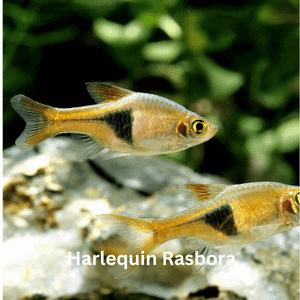
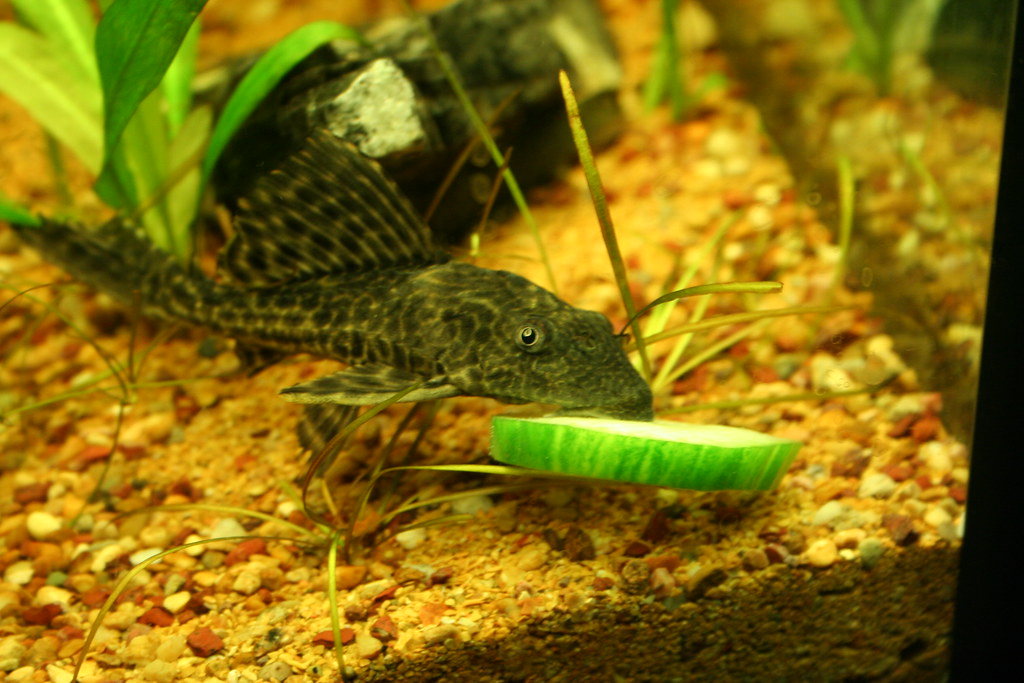
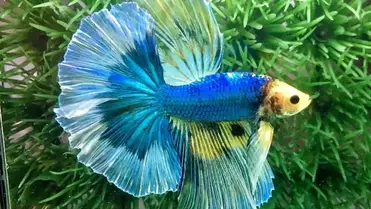
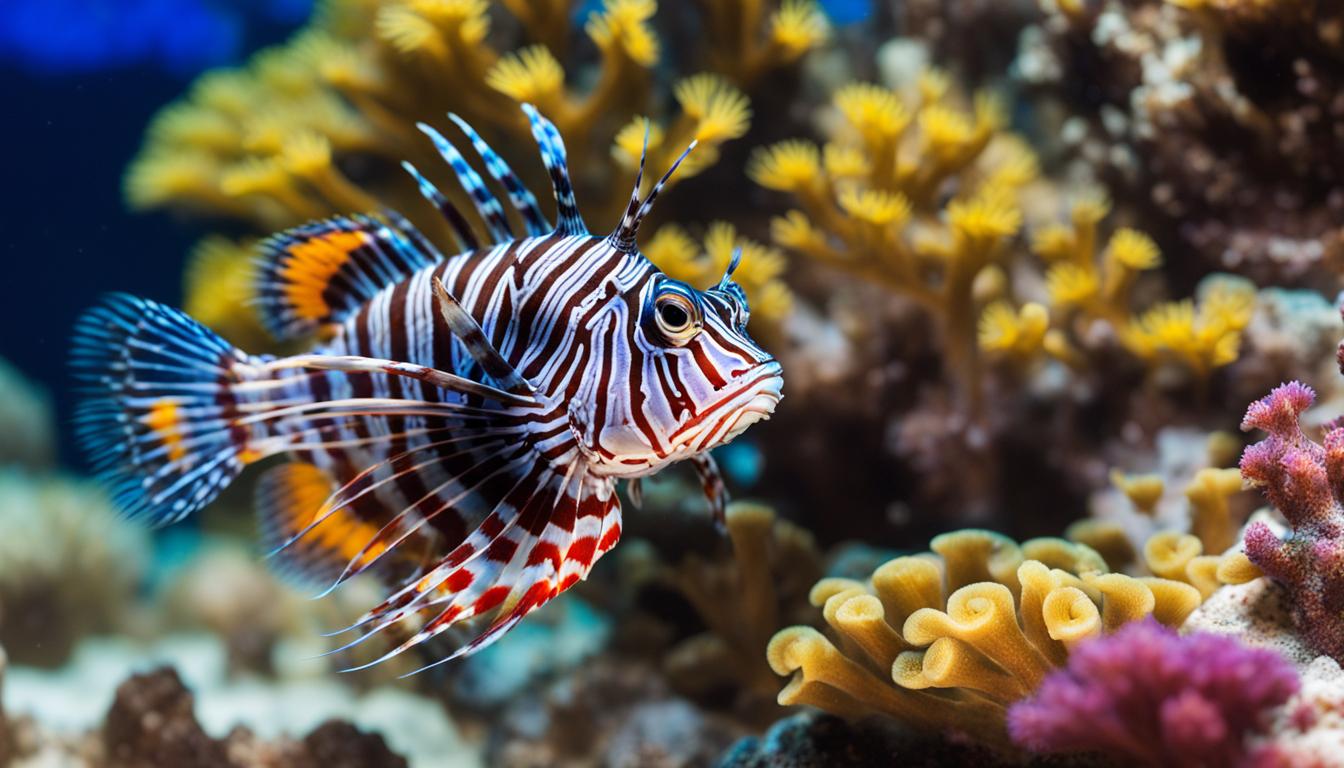
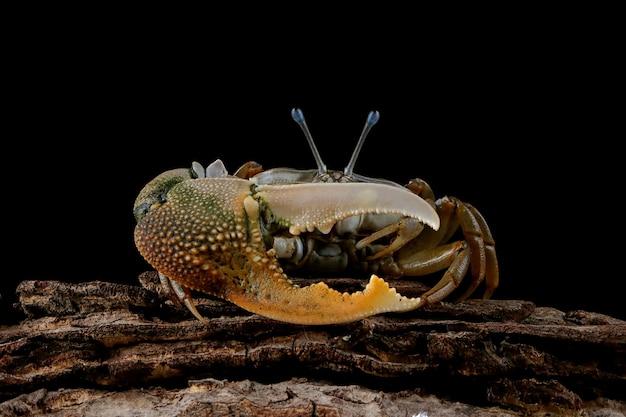
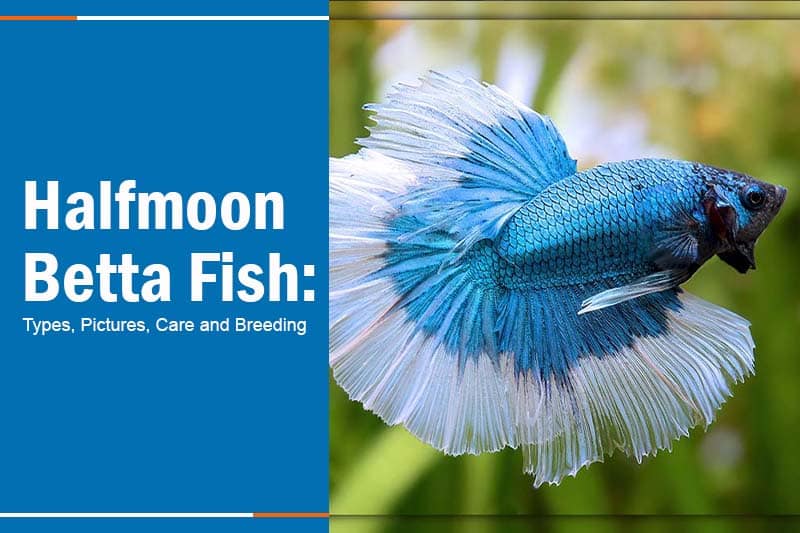
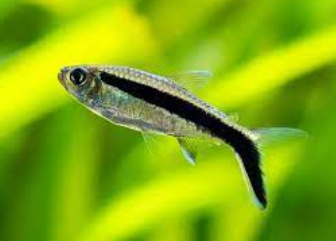
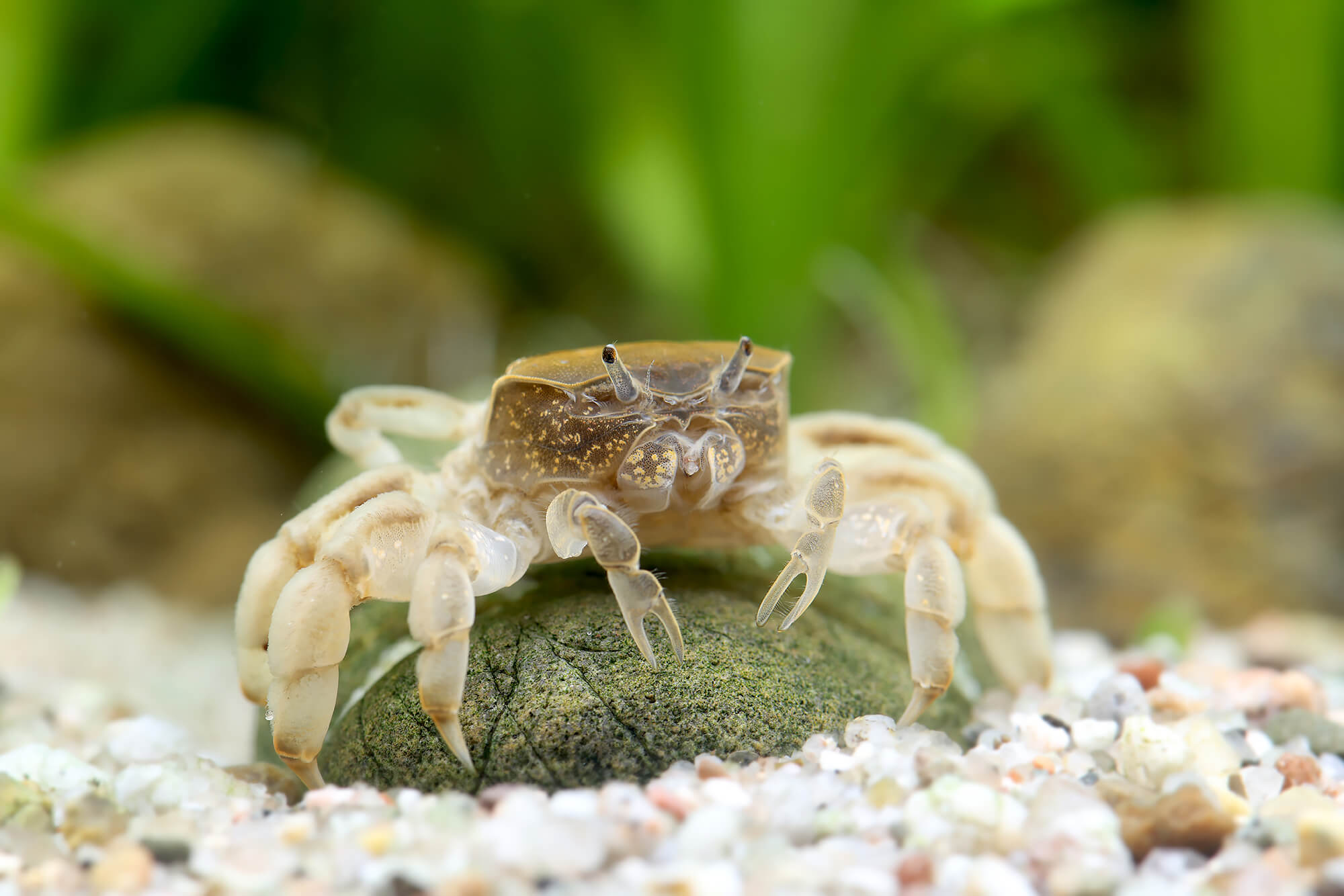
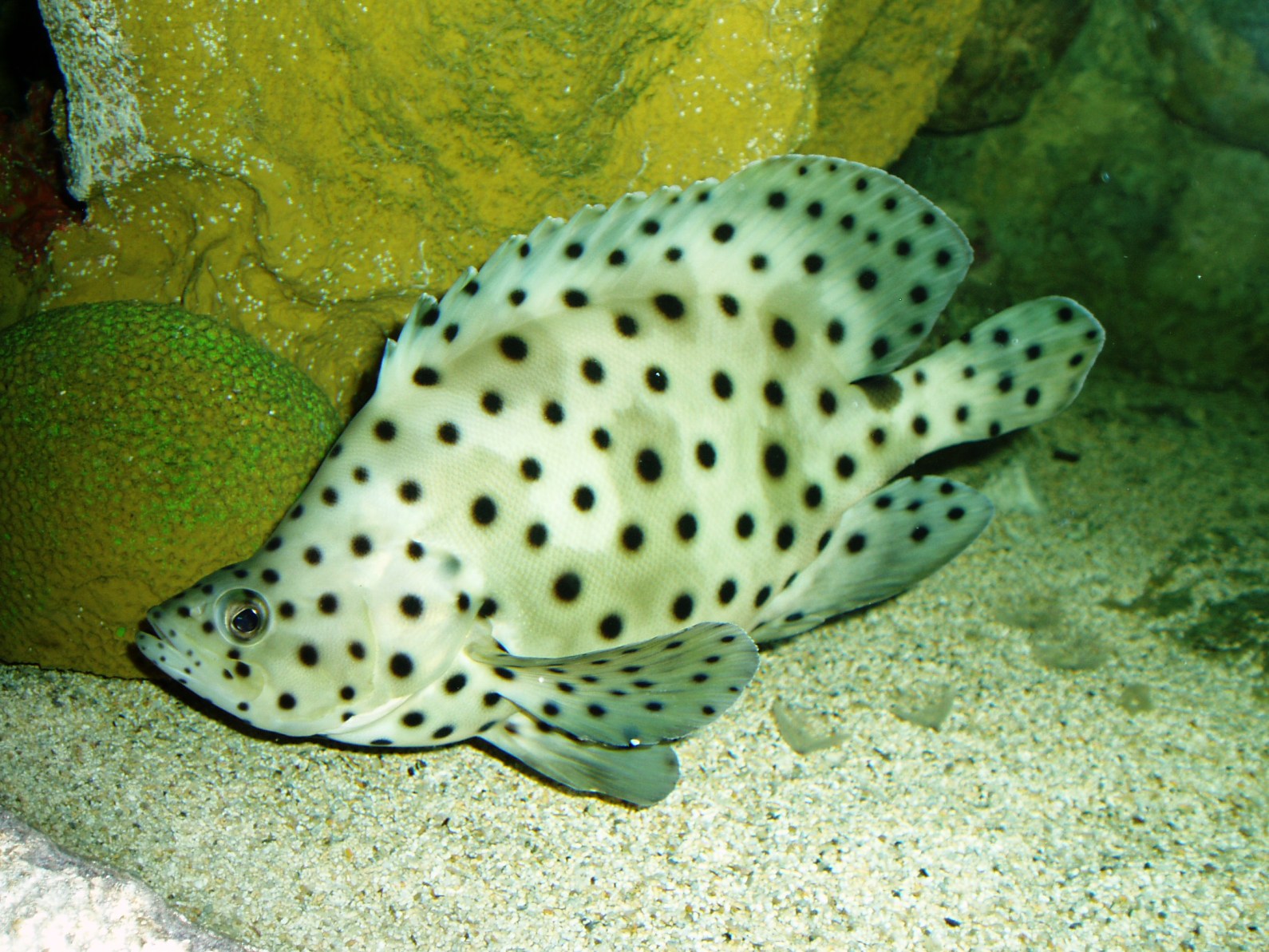


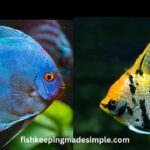

[…] this guide will cover everything from tank setup and feeding to breeding and disease management. So let’s dive in and learn more about these fascinating and colorful […]
[…] unique appearances, behaviors, and adaptations to their watery homes. In this section, we will dive into the captivating world of loach fish, exploring their remarkable attributes that set them apart from other aquarium […]
[…] Hillstream loaches require a well-oxygenated aquarium with a strong water flow. They prefer a tank size of at least 20 gallons and water with a pH range of 6.5 to 7.5. Filtration, aeration, and regular tank maintenance are important for their care. They can be kept with other peaceful fish species and prefer to be kept in schools. […]
[…] King Tetra is a schooling fish, which means it thrives when kept in groups of six or more. A larger group provides a sense of […]
[…] Harlequin Rasbora, Cherry Barbs, Cardinal Tetras, Neon Tetras, Guppies […]
[…] harass or intimidate the female Electric Blue Acaras. Suitable tank mates include Cory catfish, Harlequin rasbora, Suckermouth catfish, Discus, and Convict cichlids. Taking these factors into account will ensure a […]
[…] Danios are the best fish for a 40-gallon tank. These active and lively fish are known for their schooling behavior, which adds movement and visual interest to the tank. They are easy to care for, making […]
[…] Chili Rasboras […]